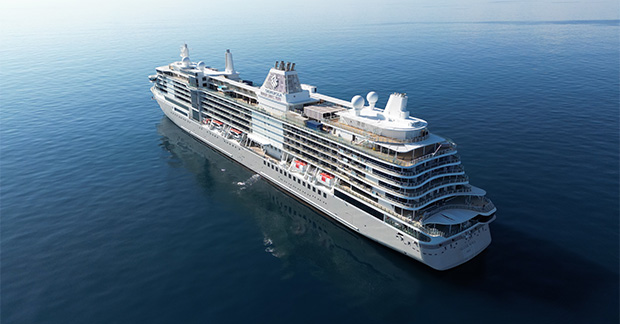Silversea Cruises has embarked on a strategic reorganisation of its global sales framework, impacting its workforce across several key markets.
The restructuring aims to enhance service delivery by establishing a centralised team to provide dedicated support to trade partners.
Silversea’s Strategic Move
In a significant organisational overhaul, Silversea Cruises has announced a restructuring of its trade reservation team, resulting in job losses across various international markets, including the UK. This strategic move is aimed at introducing a global service model that promises enhanced and more personalised service to its trade partners and guests.
Silversea has confirmed that “fewer than 100” roles have been made redundant worldwide, but the precise impact on the UK team remains undisclosed. Industry insiders suggest up to 15 positions within the UK trade reservations team may have been affected as part of this global restructuring effort.
Centralisation of Operations
Under the new strategy, Silversea is shifting towards a centralised trade reservations call centre located in Manila. This facility will handle calls from around the world, leveraging Silversea’s global capabilities to provide more efficient service.
A spokesperson for Silversea emphasised their commitment to supporting affected employees through this transition, stating that assistance and support would be provided to those impacted by the redundancies.
Industry Reactions
The restructuring move has elicited various responses within the industry. Jasmin Day, a former cruise consultant for UK trade sales at Silversea, publicly announced her redundancy via LinkedIn, revealing that her final day would be June 28. This announcement has sparked conversations about job security within the cruise industry.
Day’s departure is among many as companies like Silversea manoeuvre through the challenges posed by the evolving global market dynamics. Her public disclosure points to a broader trend of employees utilising social media to communicate career changes and industry sentiments.
Balancing Efficiency and Employment
This organisational change represents a delicate balancing act between operational efficiency and employment stability. By streamlining operations, Silversea aims to position itself more favourably in the market, but the human cost cannot be overlooked.
The company’s approach reflects a broader industry trend where automation and centralisation are increasingly adopted to enhance service delivery while managing costs.
Moving forward, the success of such a strategy will depend on the effectiveness of Silversea’s support for trade partners and the adaptability of its remaining workforce.
Future Considerations
As Silversea navigates this transitional phase, the focus will undoubtedly be on how well the new structure serves both the company’s objectives and its stakeholders’ needs.
The real test will be the company’s ability to sustain growth, maintain service quality, and support its trade partners in the long term.
For the affected employees, Silversea’s commitment to providing assistance and support is crucial during this period of change.
Conclusion
Silversea’s decision to restructure its global sales operations marks a significant shift in its business strategy. While the centralisation and efficiency gains are set to enhance service delivery, the move highlights the ongoing challenges faced by the cruise industry in balancing cost efficiency with human resource considerations.
Silversea’s restructuring reflects broader industry trends as companies strive for efficiency while addressing employment impacts.
The success of this move will rely on how well the new centralised structure supports ongoing operations and stakeholder relationships.

